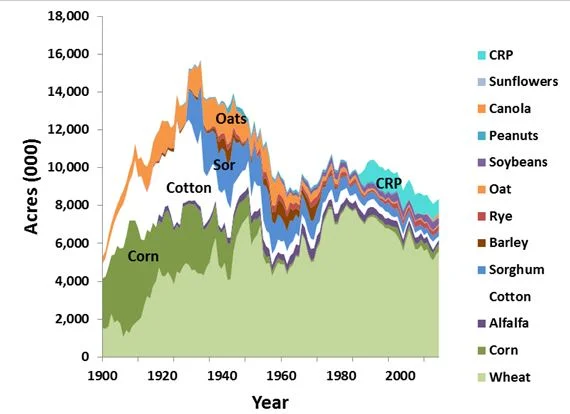The Huffington post recently ran a story about one Iowa farmer who became skeptical of effects of GMOs on his animals:
Around the same time he planted his first GMO test fields, he also decided to do a little experimenting on his own. He had heard from farmers in Nebraska that cows "shied away from the BT corn." So he gave his cows the choice to consume the conventionally grown corn or BT corn. His cows ate the conventionally grown, however they smelled the BT corn and walked away from it. "That's not normal," says Vlieger. He has tried this with many other animals and found that if they have not been forced to consume GMOs in the past, they won't eat them and will go for the conventional feed instead.
In his role as a crop and livestock nutrition adviser, Vlieger knew other farmers who were feeding their animals GMOs. In South Dakota, a farmer fed his sows BT corn and they had on average 1.6 less piglets per litter. The piglets also weighed less at birth
The story is billed as a "farmer's perspective" about GMOs (coincidentally enough the story ran on a website sponsored by Chipotle, who has been critical of the technology). The claims about adverse effects of biotech crops on animal performance is consistent with claims made by many anti-biotech advocates. It was one repeated by Jeffery Smith when I debated him on the John Stossel show about the subject (our portion starts about the 23 minute mark).
How does the anecdotes correspond with the scientific evidence on the subject? The answer is: it doesn't hold up.
One study from the Animal Science Department at the University of Nebraska found:
Steer performance was not different between Bt corn root worm protected or RR hybrids and their parental controls following the 60 day grazing period. The animal performance demonstrates feeding value of corn residue does not differ between genetically enhanced corn hybrids and their non-genetically enhanced parent hybrid. Similar research at the University of Nebraska also showed no difference in steer performance due to the incorporation of the Bt trait for corn borer protection (2001 Nebraska Beef Report, pp 39-41). There was also no preference between Bt and nonBt hybrids. During the grazing period, 47.5% of the steers were observed grazing Bt residue, and 52.5% of the steers were observed grazing nonBt residue.
A review study published in the journal Livestock Production Science also found:
In none of these experiments was animal performance, whether measured as growth rate, feed efficiency and carcass merit in beef cattle, egg mass in laying hens, milk production, composition and quality in dairy cows or digestibility in rabbits, affected by feeding transformed plants compared to animals fed control or isogenic plants.
In general, when one reads stories like the one at Huffington Post, it is important to step back and ask: why it is that most commercial animal operations have no problem feeding biotech corn or soy? If biotech was really causing Tyson or Cargill or JBS to lose money because of reduced animal performance, don't you think they'd do something about it? The fact that they have no qualms feeding biotech corn and soy probably tells you as much as any of the published scientific studies on the topic.
